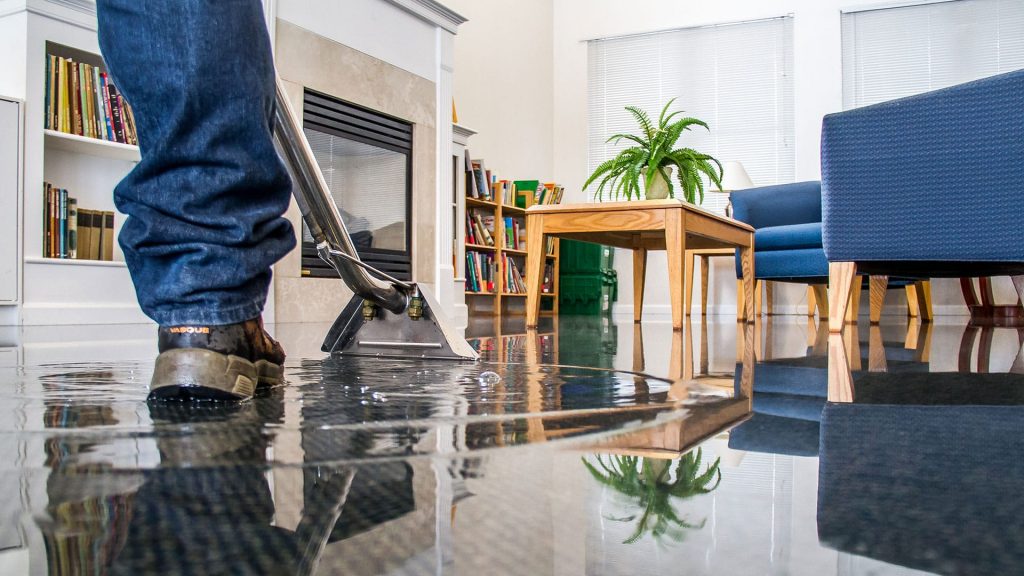6 Water Damage Remediation Do's as well as Don'ts.
6 Water Damage Remediation Do's as well as Don'ts.
Blog Article
We've come across this post relating to Ways to Reduce The Risk Of Fire And Water Damage below on the net and believe it made sense to share it with you on my blog.

Water provides life, water intrusion on parts where it's not supposed to be can result in damages. Residences with water damage smell old and stuffy.
Water can originate from lots of sources such as hurricanes, floods, burst pipelines, leaks, and also sewer concerns. In case you experience water damages, it would certainly be good to understand some safety and security preventative measures. Here are a couple of guidelines on just how to handle water damage.
Do Prioritize House Insurance Coverage
Water damage from flooding as a result of heavy winds is seasonal. However, you can also experience a sudden flood when a faulty pipeline suddenly breaks right into your house. It would be best to have residence insurance coverage that covers both acts of God such as all-natural tragedies, as well as emergencies like busted plumbing.
Don't Neglect to Shut Off Energies
In the event of a calamity, especially if you stay in a flood-prone area, it would be suggested to shut off the major electric circuit. This removes power to your whole home, protecting against electrical shocks when water is available in as it is a conductor. Do not neglect to turn off the primary water line shutoff. Furniture will move around and cause damage when floodwaters are high. Having the main shutoff shut off protects against additional damages.
Do Keep Proactive and Heed Weather Condition Signals
Storm floodings can be very unforeseeable. If there is a background of flooding in your area, stay ready and also aggressive. If you live near a river, lake, or creek , pay attention to emptying cautions. Secure valuables from the ground floor and cellar, then put them on the highest possible level. Doing so reduces prospective home damage.
Don't Neglect the Roof
You can prevent rainfall damage if there are no holes as well as leakages in your roofing system. This will prevent water from flowing down your wall surfaces and also soaking your ceiling.
Do Take Note Of Tiny Leakages
A burst pipeline does not take place over night. You may discover gurgling paint, peeling wallpaper, water streaks, water stains, or trickling audios behind the wall surfaces. Have your plumbing fixed before it results in enormous damages.
Don't Panic in Case of a Ruptured Pipe
Maintaining your clearheadedness is crucial in a time of crisis. Worrying will only compound the issue since it will stifle you from acting fast. When it involves water damages, timing is essential. The longer you wait, the even more damage you can anticipate. Therefore, if a pipe bursts in your residence, quickly turned off your primary water valve to remove the source. Unplug all electric outlets in the location or transform off the circuit breaker for that component of the residence. Finally, call a respectable water damages remediation expert for help.
Water offers life, water breach on components where it's not meant to be can result in damages. Houses with water damage smell old and musty.
Water damage from flood dues to heavy winds is seasonal. You might see gurgling paint, peeling wallpaper, water touches, water discolorations, or leaking sounds behind the wall surfaces. When it comes to water damage, timing is key.
Some Do's & Don't When Dealing with a Water Damage
DO:
Make sure the water source has been eliminated. Contact a plumber if needed. Turn off circuit breakers supplying electricity to wet areas and unplug any electronics that are on wet carpet or surfaces Remove small furniture items Remove as much excess water as possible by mopping or blotting; Use WHITE towels to blot wet carpeting Wipe water from wooden furniture after removing anything on it Remove and prop up wet upholstery cushions for even drying (check for any bleeding) Pin up curtains or furniture skirts if needed Place aluminum foil, saucers or wood blocks between furniture legs and wet carpet Turn on air conditioning for maximum drying in winter and open windows in the summer Open any drawers and cabinets affected for complete drying but do not force them open Remove any valuable art objects or paintings to a safe, dry place Open any suitcases or luggage that may have been affected to dry, preferably in sunlight Hang any fur or leather goods to dry at room temperature Punch small holes in sagging ceilings to relieve trapped water (don't forget to place pans beneath!); however, if the ceiling is sagging extremely low, stay out of the room and we'll take care of it DO NOT:
Leave wet fabrics in place; dry them as soon as possible Leave books, magazines or any other colored items on wet carpets or floor Use your household vacuum to remove water Use TV's or other electronics/appliances while standing on wet carpets or floors; especially not on wet concrete floors Turn on ceiling fixtures if the ceiling is wet Turn your heat up, unless instructed otherwise

Hopefully you enjoyed reading our piece on Reducing Your Risk Of Water And Fire Damage At Home. Thanks so much for taking the time to browse our content. Enjoyed reading our review? Please share it. Help another person check it out. We cherish reading our article about Preventing Fires and Water Damage In Your Home.
Report this page